Introduction
In the vast realm of culinary arts, there are countless dishes that captivate our taste buds and leave us yearning for more. Among these, sesame sauce eggs, or more colloquially known as “sesame paste eggs,” stand out as a unique and flavorful delight. This dish, often associated with Chinese cuisine, combines the creamy richness of eggs with the nutty, aromatic essence of sesame sauce. Whether enjoyed as a snack, a part of a meal, or even as a breakfast treat, sesame sauce eggs offer a delightful balance of textures and flavors that is hard to resist.
In this article, we will embark on a culinary journey to explore how to make sesame sauce eggs from scratch. We’ll delve into the ingredients, the preparation process, tips for perfecting your recipe, and even some variations to keep things exciting. By the end, you’ll be equipped with the knowledge and skills to create your own batch of sesame sauce eggs that are sure to impress your family and friends.
Ingredients
Before we dive into the steps, let’s first list down the ingredients you’ll need to make sesame sauce eggs:
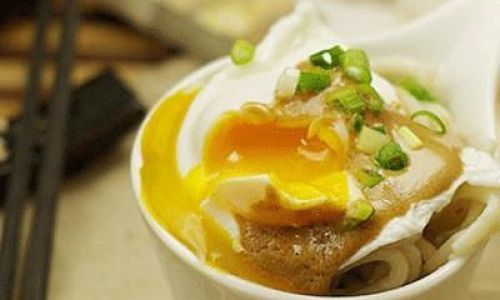
- Eggs: Fresh, large eggs are ideal. The number will depend on how many servings you plan to make.
- Sesame Paste (Tahini): This is the star ingredient that gives the dish its distinctive flavor. Make sure to use high-quality tahini for the best results.
- Soy Sauce: Adds a savory, umami flavor to the sauce.
- Rice Vinegar: Provides a subtle tanginess that balances the richness of the sesame paste.
- Sugar or Honey: A touch of sweetness helps round out the flavors.
- Sesame Oil: Enhances the nutty aroma and flavor of the sesame paste.
- Garlic: Minced garlic adds a delightful garlicky aroma and flavor.
- Ginger: Freshly grated ginger provides a hint of spice and freshness.
- Water: To thin out the sauce to your desired consistency.
- Salt and Pepper: To taste, for seasoning.
- Green Onions or Scallions: Finely chopped, for garnish.
- Chili Oil or Chili Flakes (Optional): For an extra kick of heat.
Equipment
Here’s what you’ll need in terms of equipment:
- Pot: For boiling the eggs.
- Slotted Spoon: To remove the eggs from the boiling water.
- Bowls: For mixing the sauce and peeling the eggs.
- Whisk: To blend the sauce ingredients smoothly.
- Knife: For chopping garnishes.
- Spoons: For tasting and serving.
Step-by-Step Instructions
Now, let’s break down the process into manageable steps:
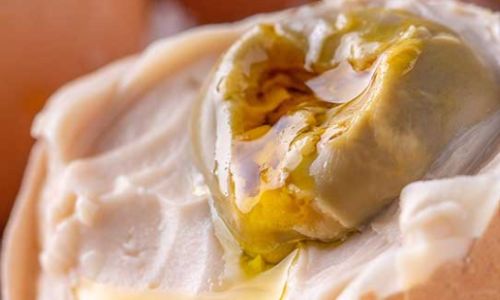
Step 1: Boil the Eggs
- Fill a Pot with Water: Place a pot on the stove and fill it with enough water to fully submerge the eggs you plan to cook.
- Add a Pinch of Salt: This is optional but can help prevent the eggs from cracking.
- Bring to a Boil: Turn the heat to high and bring the water to a rolling boil.
- Add the Eggs: Carefully place the eggs into the boiling water using a slotted spoon.
- Boil for 7-8 Minutes: For medium-boiled eggs (soft-boiled eggs would be 4-5 minutes, and hard-boiled eggs would be 9-12 minutes).
- Remove and Cool: Once the eggs are done, use the slotted spoon to remove them from the boiling water and place them in a bowl of ice water to stop the cooking process. Let them cool for at least 5 minutes.
Step 2: Peel the Eggs
- Crack the Shells: Gently tap the cooled eggs all over with the back of a spoon to crack the shells.
- Peel Carefully: Peel the shells off under running water to make the process easier and to ensure you get smooth, clean eggs.
- Pat Dry: Use a paper towel to pat the peeled eggs dry.
Step 3: Prepare the Sesame Sauce
- Combine Ingredients: In a medium bowl, whisk together the sesame paste (tahini), soy sauce, rice vinegar, sugar or honey, sesame oil, minced garlic, and freshly grated ginger.
- Add Water: Gradually add water, a little at a time, while whisking continuously until you reach your desired consistency. You may need more or less water depending on the thickness of your tahini and your personal preference.
- Season: Taste the sauce and adjust the seasoning with salt and pepper as needed.
- Optional: If you like some heat, add a few drops of chili oil or a pinch of chili flakes to the sauce.
Step 4: Marinate the Eggs

- Slice the Eggs: Cut the peeled eggs in half lengthwise.
- Arrange in a Serving Dish: Place the egg halves cut-side up in a serving dish.
- Pour the Sauce Over: Spoon the prepared sesame sauce over the eggs, ensuring they are evenly coated.
Step 5: Garnish and Serve
- Sprinkle with Green Onions: Finely chop some green onions or scallions and sprinkle them over the top of the eggs for a fresh, colorful garnish.
- Chili Garnish (Optional): For an extra touch of heat and color, sprinkle some red chili flakes or drizzle a bit more chili oil over the top.
- Chill (Optional): If you prefer your sesame sauce eggs to be chilled, cover the dish with plastic wrap and refrigerate for at least 30 minutes before serving.
Tips for Perfecting Your Recipe
- Egg Freshness: Always use fresh eggs for the best texture and flavor. Older eggs are more likely to crack during boiling.
- Boiling Technique: For easier peeling, use older eggs (about a week old) as their membranes tend to be looser.
- Sauce Consistency: The consistency of the sesame sauce is a matter of personal preference. Some like it thick and creamy, while others prefer a thinner, more pourable sauce. Adjust the amount of water accordingly.
- Flavor Balance: Taste the sauce frequently as you mix to ensure a balanced flavor profile. You may need to add more soy sauce for saltiness, vinegar for tanginess, or sugar for sweetness.
- Storage: Leftovers can be stored in an airtight container in the refrigerator for up to 2 days. The sauce may thicken in the fridge, so you may need to add a bit more water when reheating.
Variations and Additions
To keep your sesame sauce eggs exciting, consider these variations and additions:
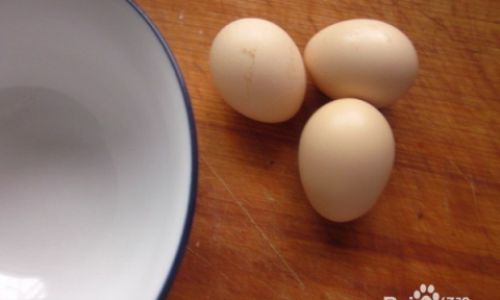
- Herbs and Spices: Incorporate fresh herbs like cilantro, parsley, or mint for an additional layer of flavor. You can also add a pinch of five-spice powder or cumin for a unique twist.
- Protein Boost: For a more filling dish, add some cooked shrimp, chicken, or tofu to the mix.
- Vegetable Additions: Incorporate steamed or blanched vegetables like broccoli, snap peas, or carrots for a nutritious and colorful addition.
- Different Sauces: Experiment with different sauces such as hoisin sauce, peanut butter sauce, or even a spicy sriracha sauce for a unique flavor profile.
Conclusion
Making sesame sauce eggs at home is a rewarding culinary experience that combines the simplicity of boiling eggs with the complexity of crafting a flavorful sauce. With just a few ingredients and some basic kitchen equipment, you can create a dish that is both visually appealing and delightfully tasty. Whether you’re serving them as an appetizer, a side dish, or a main meal component, sesame sauce eggs are sure to become a favorite in your culinary repertoire.
As you experiment with this recipe, don’t be afraid to make adjustments based on your personal preferences. The beauty of home cooking is that it allows for creativity and customization. Enjoy the process of making sesame sauce eggs, and savor each bite as a testament to your culinary skills and passion for food. Happy cooking!

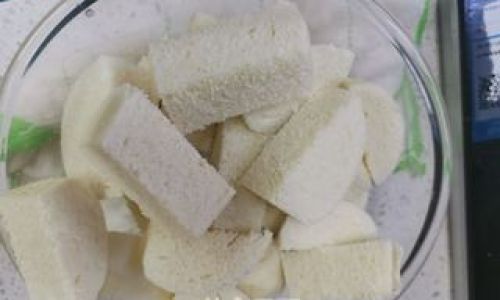

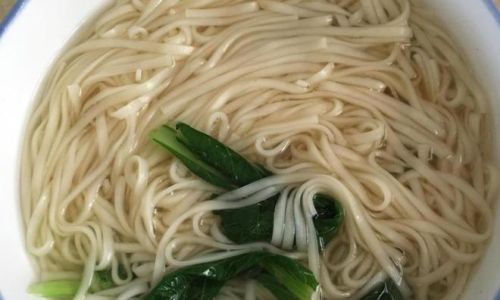
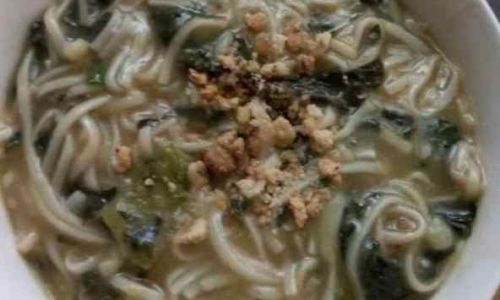
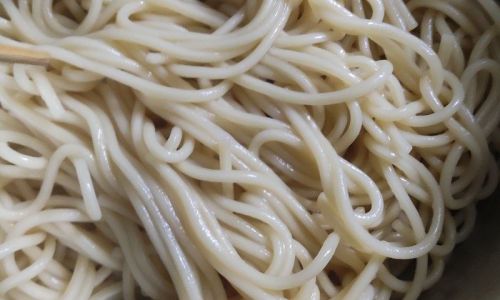
0 comments